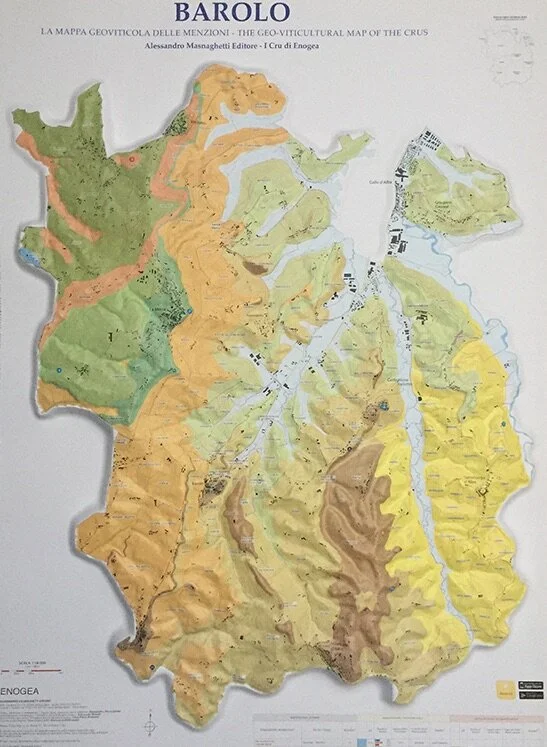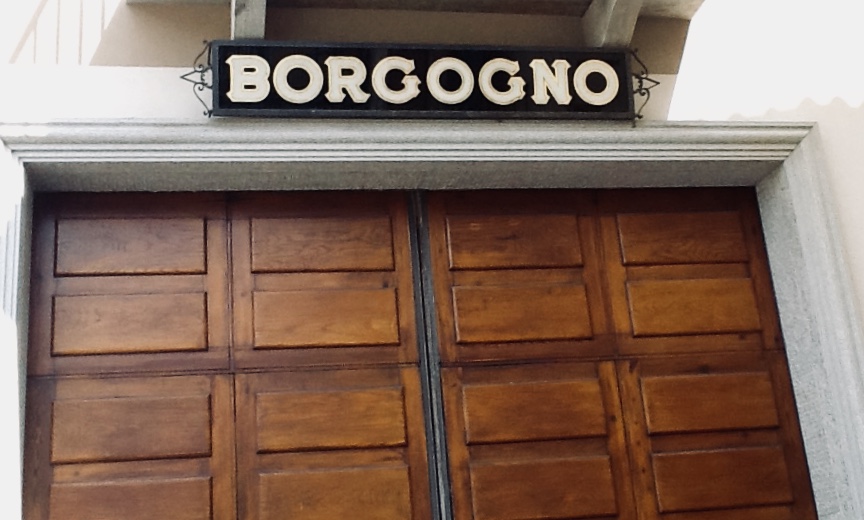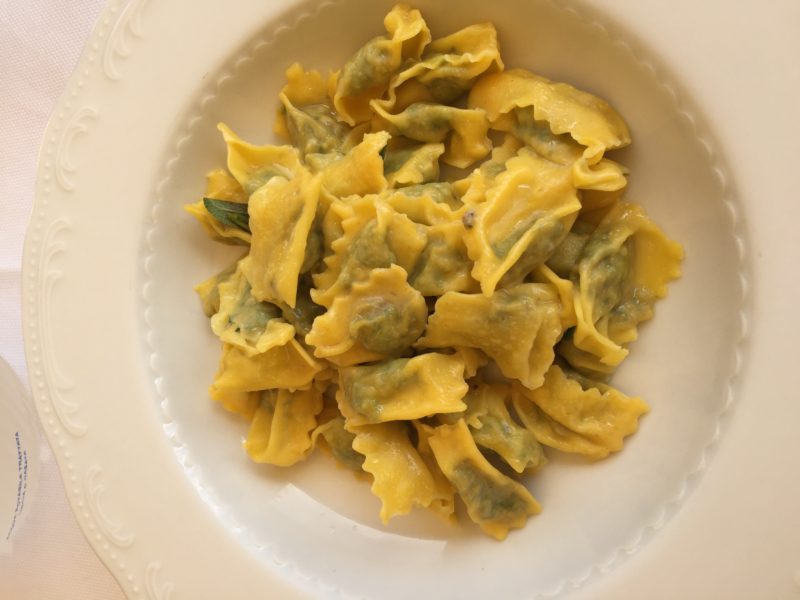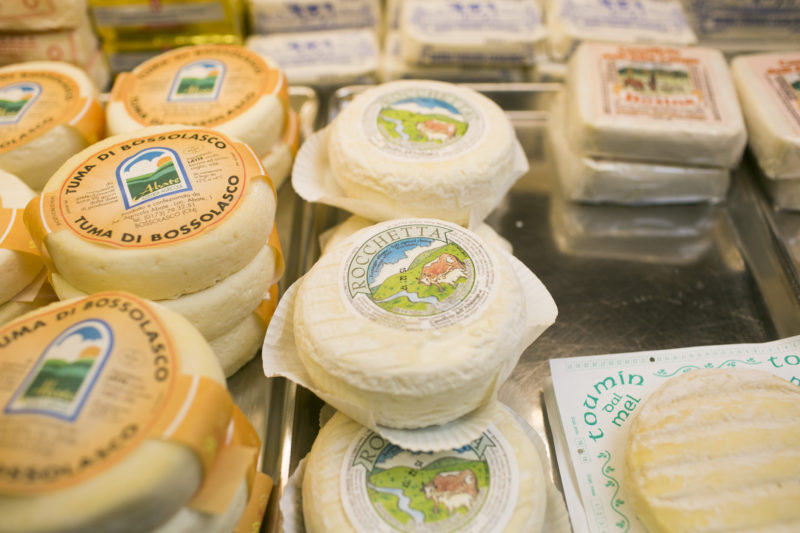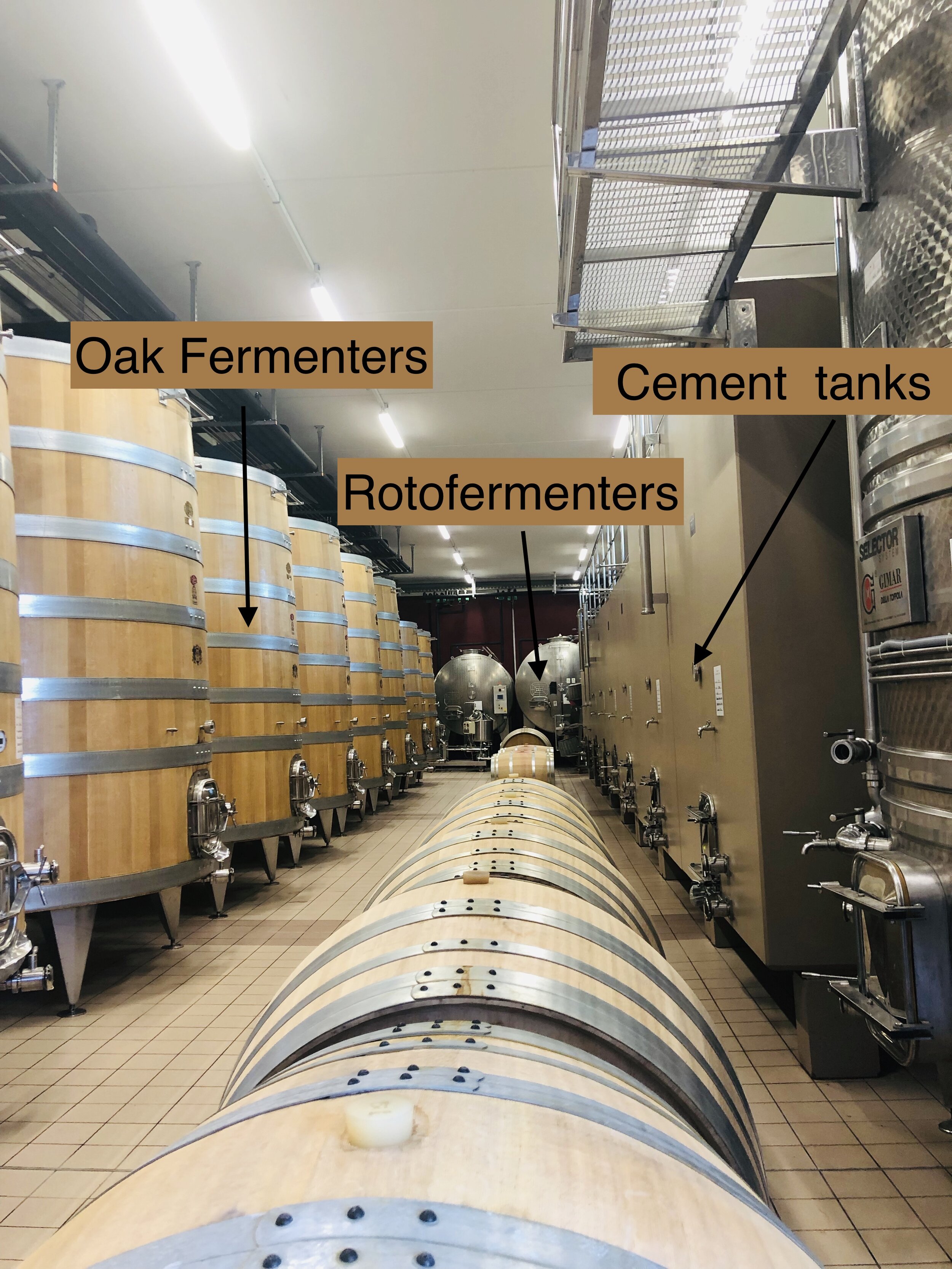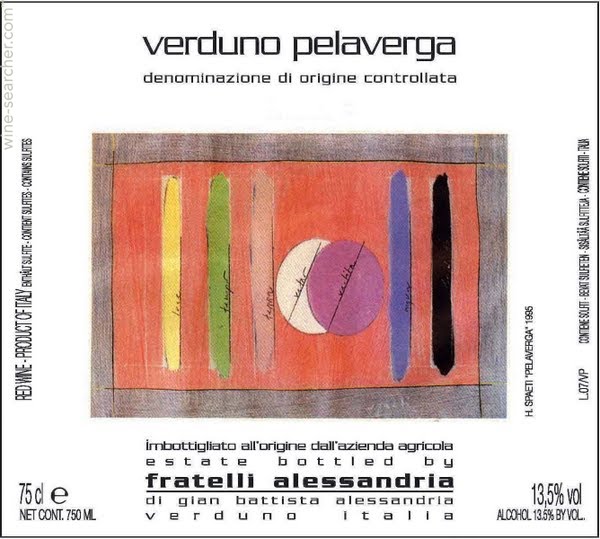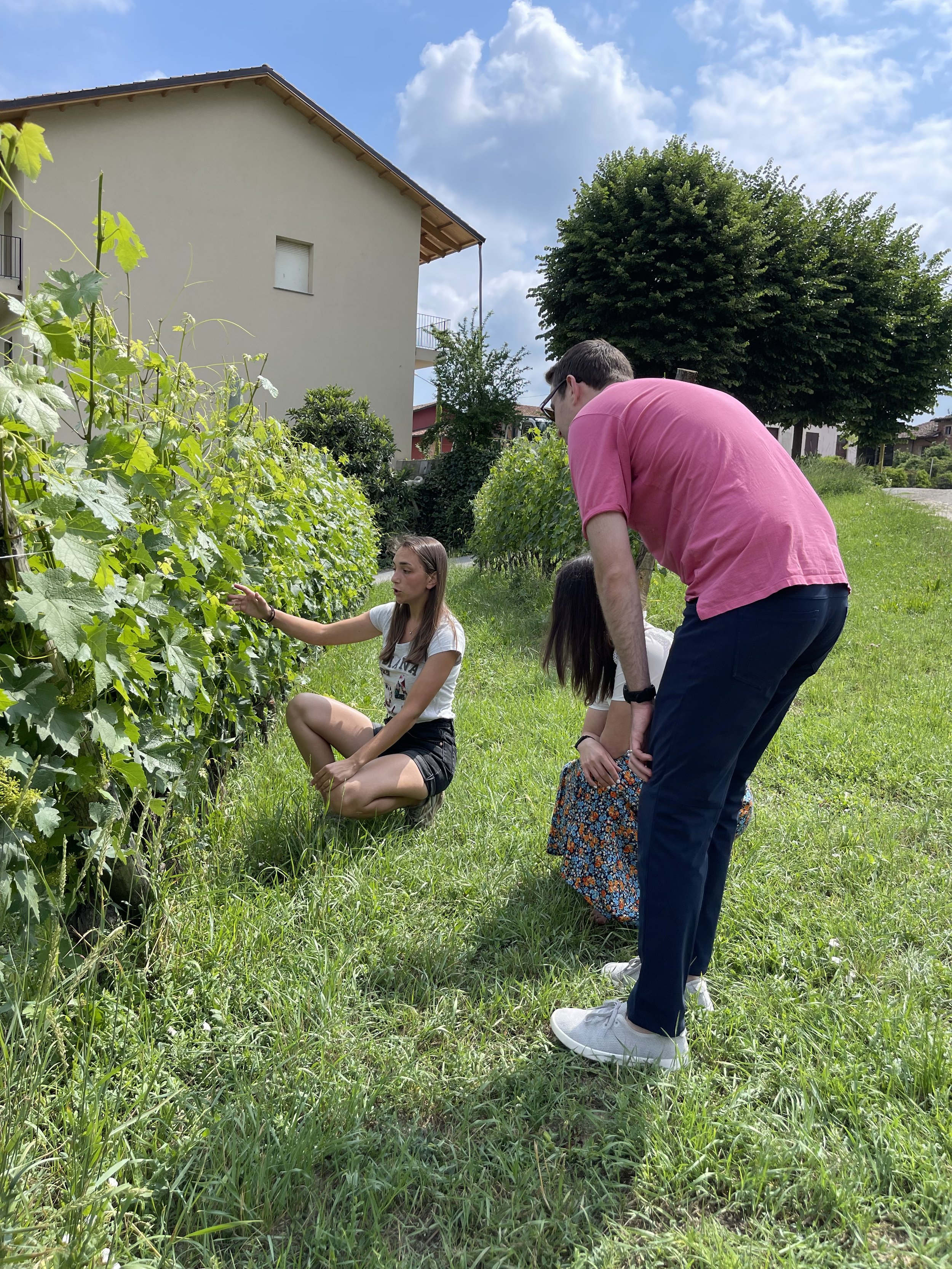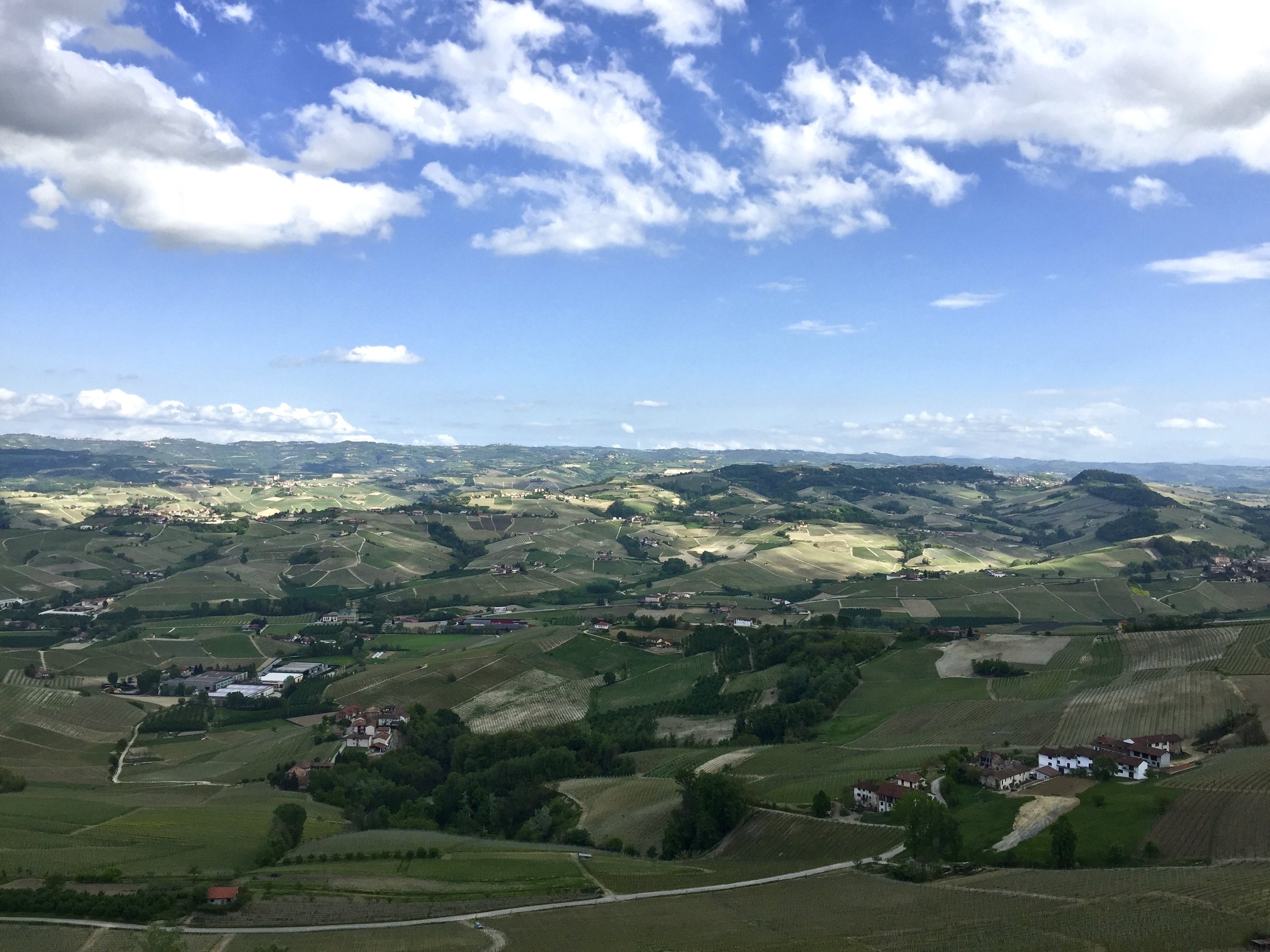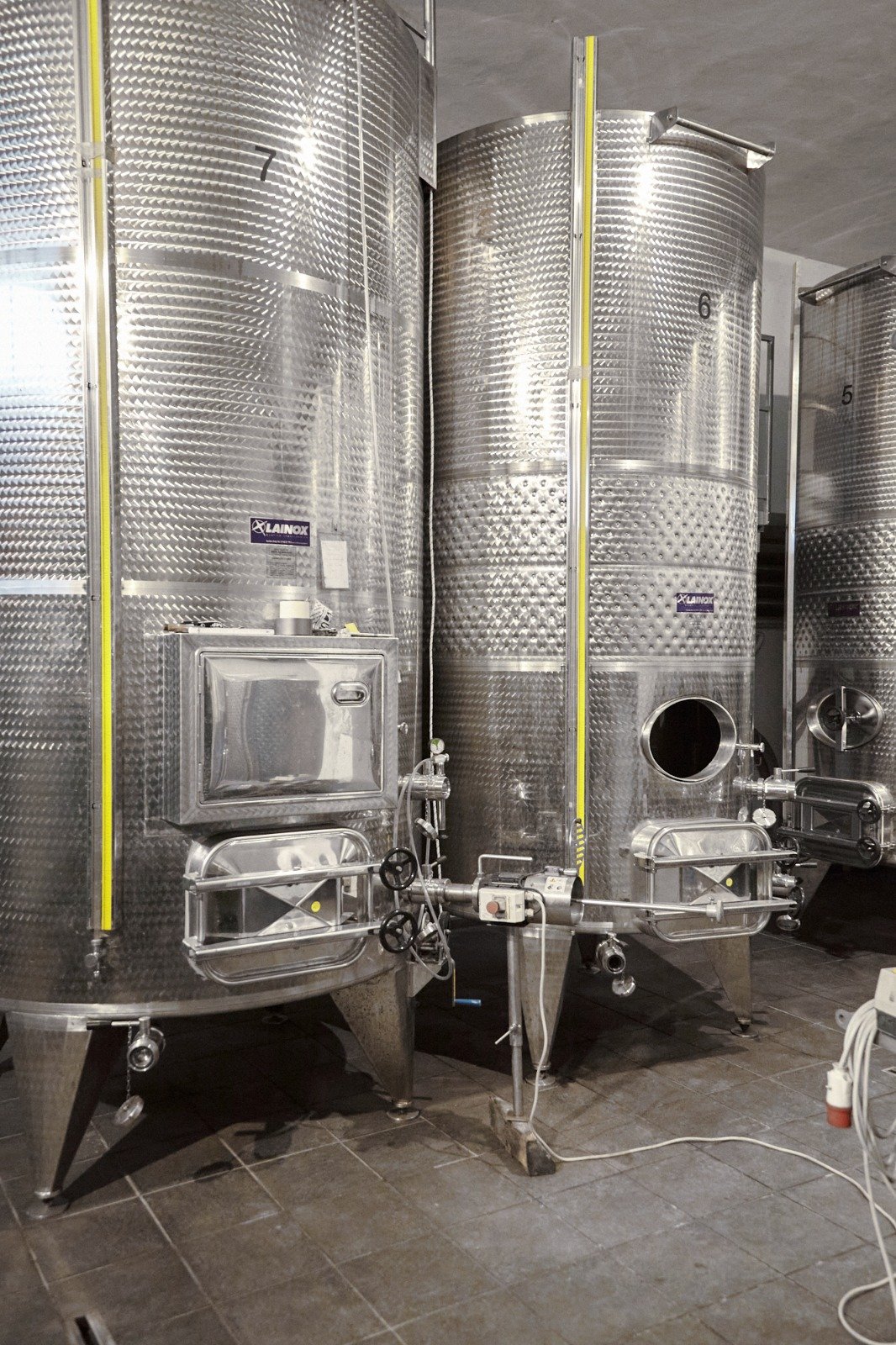Top 10 Things to Do in Barolo – Where to Eat, Sleep, and Drink in Each Village of the Barolo Wine Region
/by Amanda
Barolo isn’t just one village—it’s a legendary wine region made up of 11 distinct villages, each with its own character, flavors, and unforgettable views. From romantic hilltop stays to world-class wines and traditional Piemontese cuisine, here’s your guide to the top 10 things to do in Barolo, including where to sleep, eat, and drink in each of the villages that make up this world-renowned DOCG zone.
1. La Morra
Where to Stay:
Corte Gondina – A cozy boutique hotel in the heart of La Morra’s historic center, walking distance to wine bars and restaurants.
Morning Stop:
Mangè – A bustling local café perfect for an Italian breakfast of cappuccino and freshly made pastries.
Where to Eat:
Osteria More e Macine – A local favorite packed with personality. This casual osteria serves honest, flavorful Piemontese cuisine, and has one of the best by-the-glass wine selections in the Langhe. A great place to rub elbows with winemakers and locals.
Wineries to Visit:
Elio Altare – One of the original “Barolo Boys” producers. A must for wine history lovers (by reservation only).
Oddero – One of Barolo’s oldest families making wine for five generations. Try the vertical Barolo tasting if available.
2. Barolo
Where to Stay:
Easy Così – A charming boutique B&B located steps away from the Barolo Castle and local wine shops.
Where to Eat:
Petti’t Bistrot – A hip and cozy wine bar run by Veronica, known for her creative vermouth selection and playful Piemontese dishes.
Il Buon Padre – A family-run osteria and winery offering rustic favorites like hand-cut tajarin with white truffle.
Winery to Visit:
Bric Cenciurio – A family-owned winery in the village center known for approachable and authentic tastings.
3. Serralunga d’Alba
Where to Eat:
Osteria Tre Case – A young chef-driven restaurant preserving Langhe traditions with creativity.
Winery to Visit:
Massolino – A historic winery offering one of the best educational tours on terroir, tradition, and Barolo winemaking.
4. Castiglione Falletto
Where to eat and drink:
Le Torri – A refined yet welcoming restaurant perched with panoramic views of the Barolo vineyards. Expect elegant takes on traditional Piemontese dishes and a deep wine list featuring excellent Barolos. Book ahead to snag a table on the terrace.
Winery to Visit:
Azelia – A rising-star family winery known for elegant, age-worthy Barolos and warm hospitality by winemaker Lorenzo.
5. Monforte d’Alba
Where to Stay:
Villa Beccaris – Perched on the highest point of the village, this villa offers breathtaking views of the Alps and vineyards.
Where to Eat:
Trattoria della Posta – A Monforte classic known for its refined take on traditional dishes. A favorite of both locals and foodies.
Winery to Visit:
Conterno Fantino – A design-forward winery with sweeping views, eco-conscious production, and an excellent tasting room staff.
6. Novello
Where to Drink:
Vineria La Nas-Cëtta – A relaxed wine bar where you can enjoy a glass of the rare Nas-cëtta grape while taking in the views.
Where to Eat:
ANT – A no-menu concept with surprise seasonal dishes. The chef crafts each meal daily using ultra-local ingredients.
Winery to Visit:
Elvio Cogno – A top-notch winery known for its Barolo Ravera and for reviving the ancient Nas-cëtta grape.
7. Verduno
Where to Eat:
Agriturismo Ca’ del Re – A charming agriturismo with a rustic, cozy restaurant serving homemade Piemontese cuisine. Their seasonal dishes and welcoming atmosphere make it feel like you’re dining at a friend’s countryside home. The garden seating in summer is a dream.
Where to Drink:
Casa Ciabotto – A chic wine bar celebrating Pelaverga, the local red with supposed aphrodisiac powers. History and fun in one glass.
8. Diano d’Alba
Where to Taste:
I Sorì di Diano d’Alba – A communal tasting room offering Dolcetto and Barolo from local producers, with a terrace perfect for aperitivo.
9. Grinzane Cavour
Where to Sleep:
Casa Pavese – A boutique guesthouse set in the heart of Grinzane Cavour. With beautifully designed rooms blending modern style and traditional charm, it’s a relaxing base to explore the surrounding vineyards and historical sites.
Where to Eat:
La Tagliata Brasserie – A carnivore’s paradise. Think wood-fired steaks, ribs, and minimal vegetables. Perfect for groups and meat lovers.
10. Cherasco
Where to Stay:
Hotel Somaschi – Monastero di Cherasco – A luxury hotel housed in a historic monastery with elegant rooms and central location.
Where to Eat:
Ristorante Da Francesco – A Michelin-starred fine dining experience with sophisticated takes on Piedmont’s best ingredients.
Final Tips for Your Barolo Adventure
Rent a car to fully explore each village.
Book winery visits in advance—especially at top estates. (If you prefer a more spontaneous wine tasting experience, check out my Walk-In Tasting Room Guide for some options that don’t require booking in advance.)
Pack layers—weather changes quickly in the hills.
Try Pelaverga and Nas-cëtta—you’ll only find them here.
Don’t skip the small villages—they often hide the best meals and warmest welcomes.
Ready to taste your way through Barolo?
Whether you’re here for a week or a weekend, this guide will help you sip, savor, and sleep your way through the best of Barolo’s 11 villages. For custom itineraries, wine tours, and insider experiences, feel free to get in touch!









